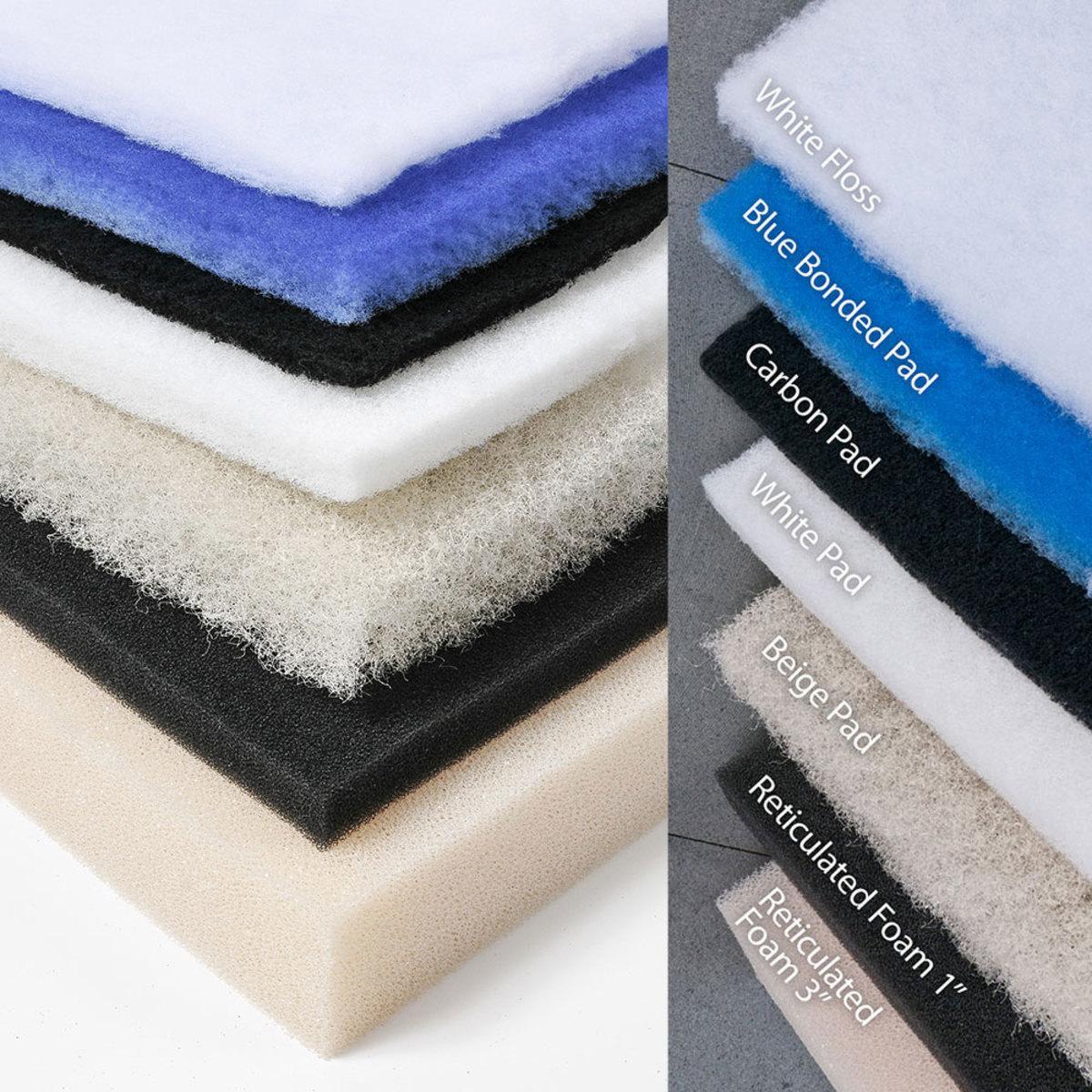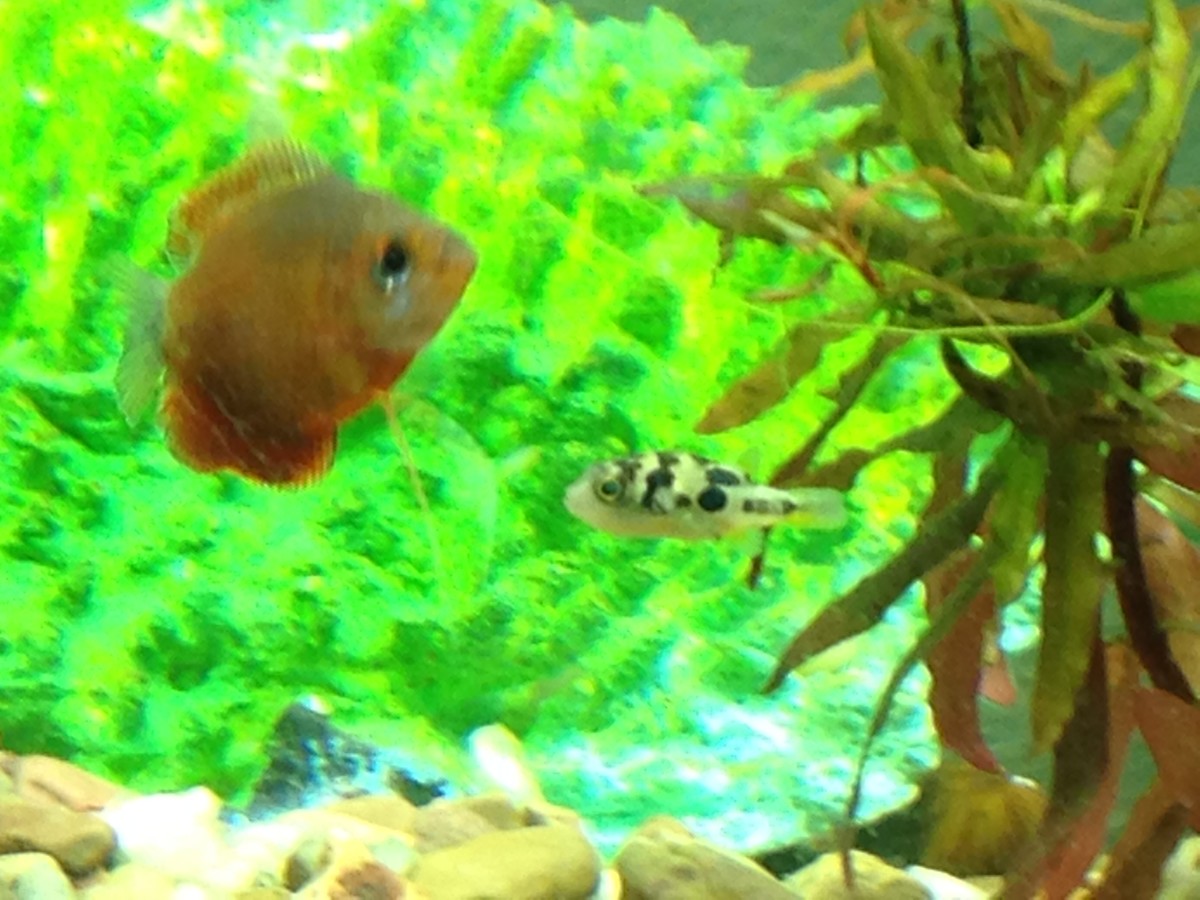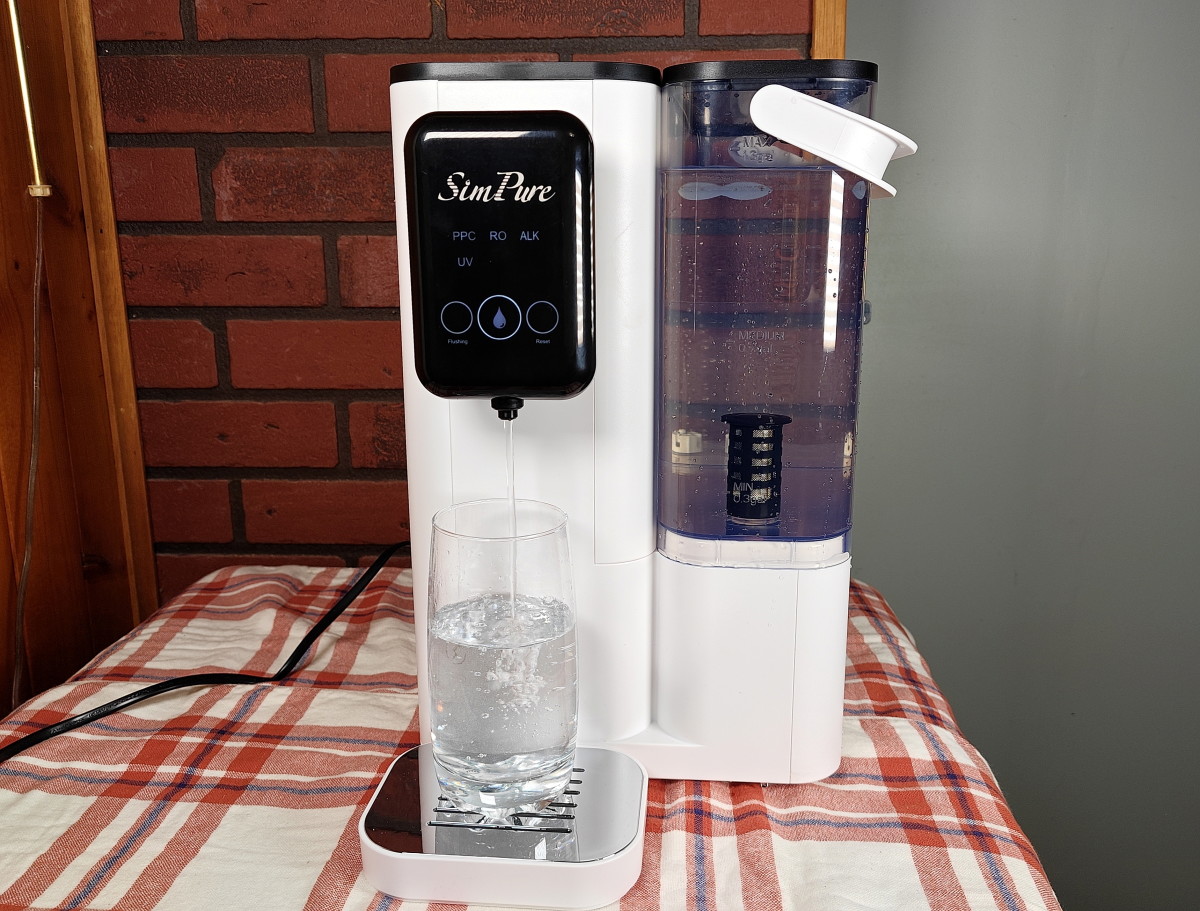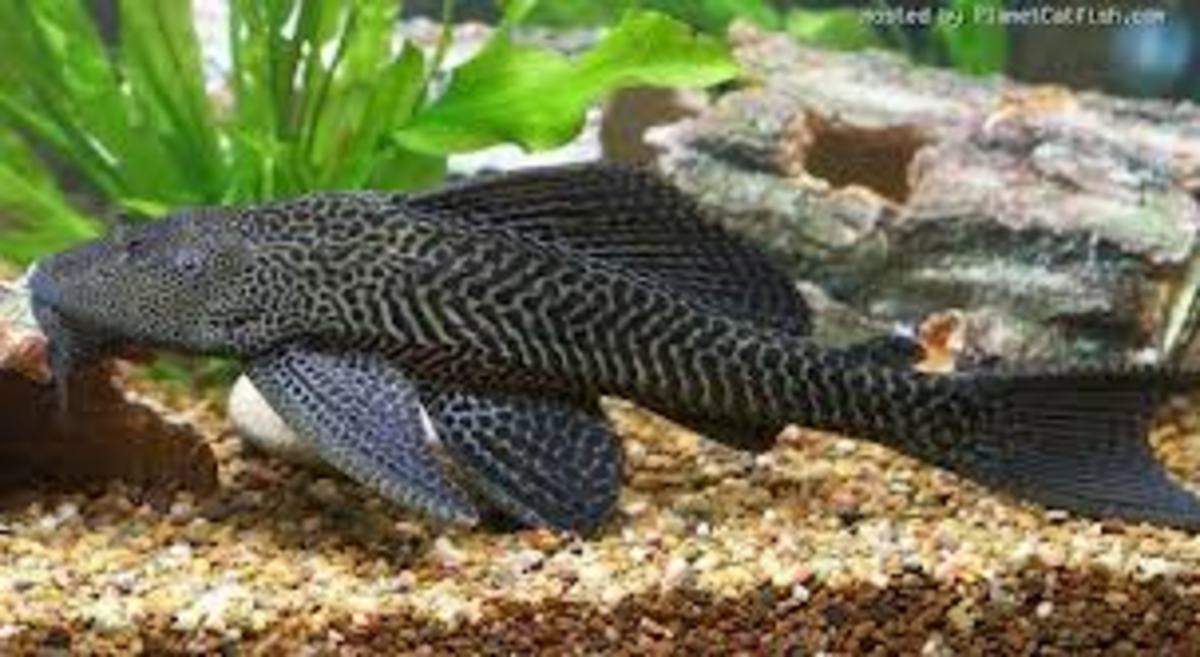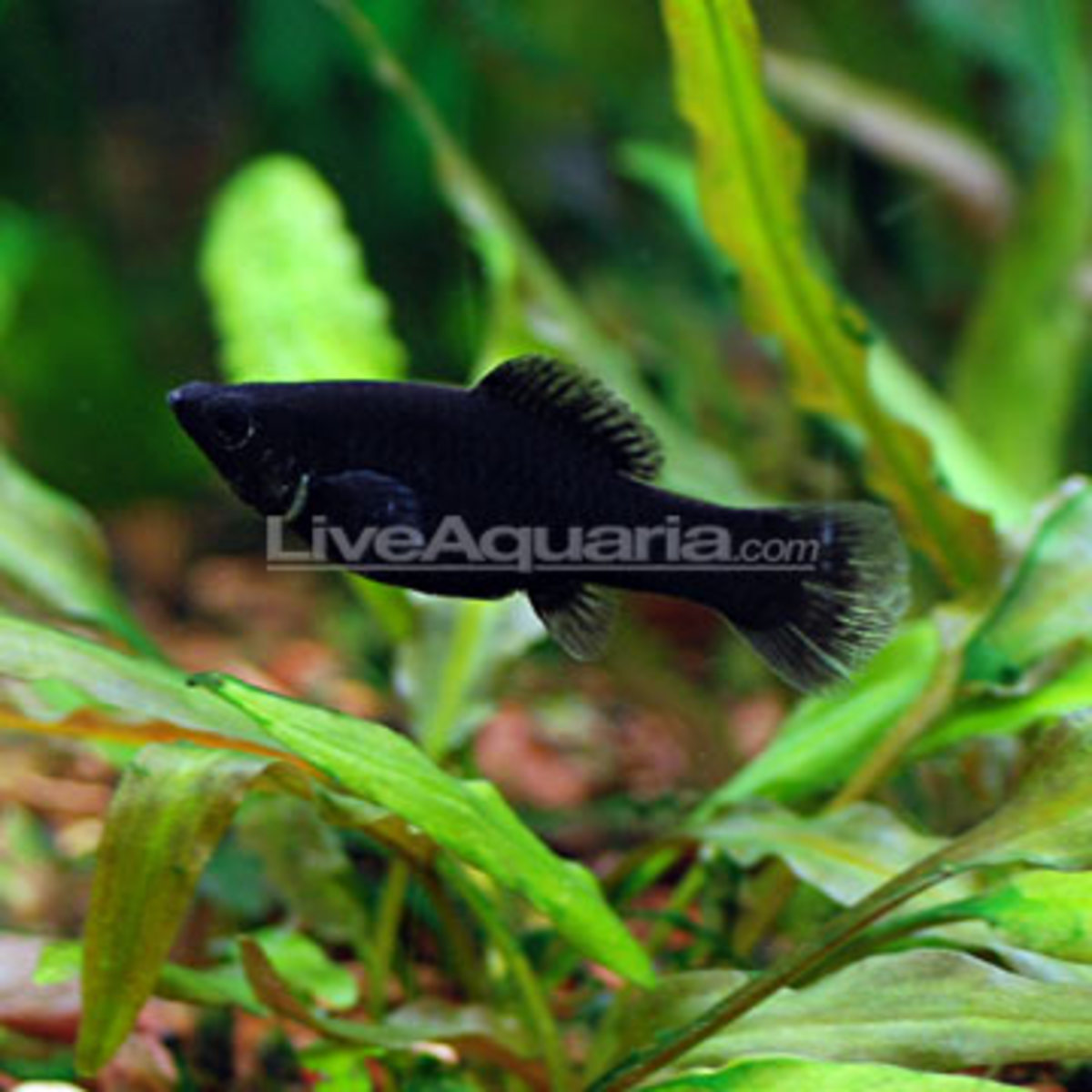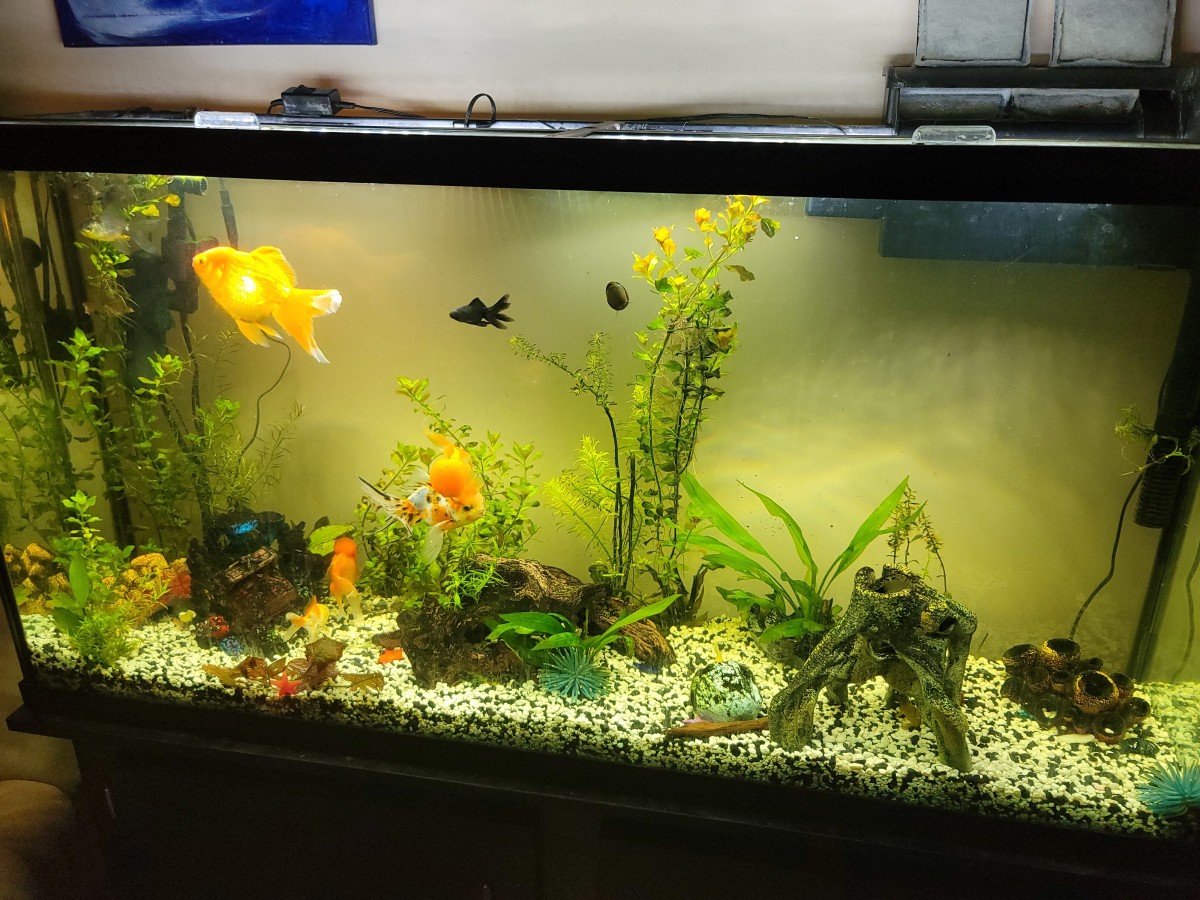Aquarium Filtration and Filter Types
It is crucial that you maintain good water quality if your goldfish are to survive. Water is a fish's life support, from which it obtains oxygen to breathe - but it is also the fish's toilet. In the confined environment of an aquarium, oxygen is quickly used up and waste products build up to poison the fish. Installing a pump and filter will help to remove waste products and maintain oxygen levels.
Why use a filter?
Filters come in different shapes and sizes but their basic function is the same. Firstly, the flow they create helps to oxygenate the water. Secondly, they trap large solid particles to keep the water clear. Thirdly, and most importantly, they remove ammonia.
Ammonia is a poisonous, invisible waste product produced by the fish and released into their water. The large surface area of the filter material (which may be gravel, foam or special pellets) is designed to encourage the growth of certain friendly bacteria. These bacteria break down the ammonia and convert it into less harmful substances, which can then be removed with regular water changes. Some filters also contain activated carbons, which can remove traces of chemicals, such as fish medications, from the water.
Undergravel filters
The base plate of an undergravel filter has slits and holes cut into the plastic, and is raised above the floor of the tank, creating a small gap. This plate must be installed first, then the tube known as the uplift tube, and finally, the gravel can be spread on top. (It will need to be about 6cm/2 1/2in deep.)
The undergravel filter works by drawing water through holes in the plate and up the tube and spilling back into the aquarium at the top. The water is moved through the gravel, plate and uplift tube by means of either an airstone, connected by airline to an airpump, or by an electric water pump called a powerhead.
External and internal filters
An external power filter works by drawing water though the various media and pumping it back into the aquarium. It accommodates more media for bacteria to colonize.
An internal filter works in much the same way but operates inside the aquarium. An ideal set-up for a medium-sized aquarium is to use two internal power filters, each able to cope with a tank just over half the size of yours. Place one at either end of the tank and clean one of the filters every two weeks, or as needed.
- Routine Aquarium Maintenance
In order to keep your goldfish and their environment looking their best - and, more importantly - in good health, you will need to establish some daily and weekly routines. In addition, you'll need to 'spring... - Caring for Your Goldfish Safety in the Aquarium
Goldfish are among the easiest fish to maintain, but their environment is crucial to their health. Making sure that the water quality in their aquarium is good is of even greater importance than feeding them... - Goldfish Varieties - A Complete Guide to Goldfish Descriptions
Choosing the best varieties for your tanks and level of experience. Goldfish come in more than 100 varieties. Some have the normal streamlined form while others have short, egg-shaped bodies or fins that...


